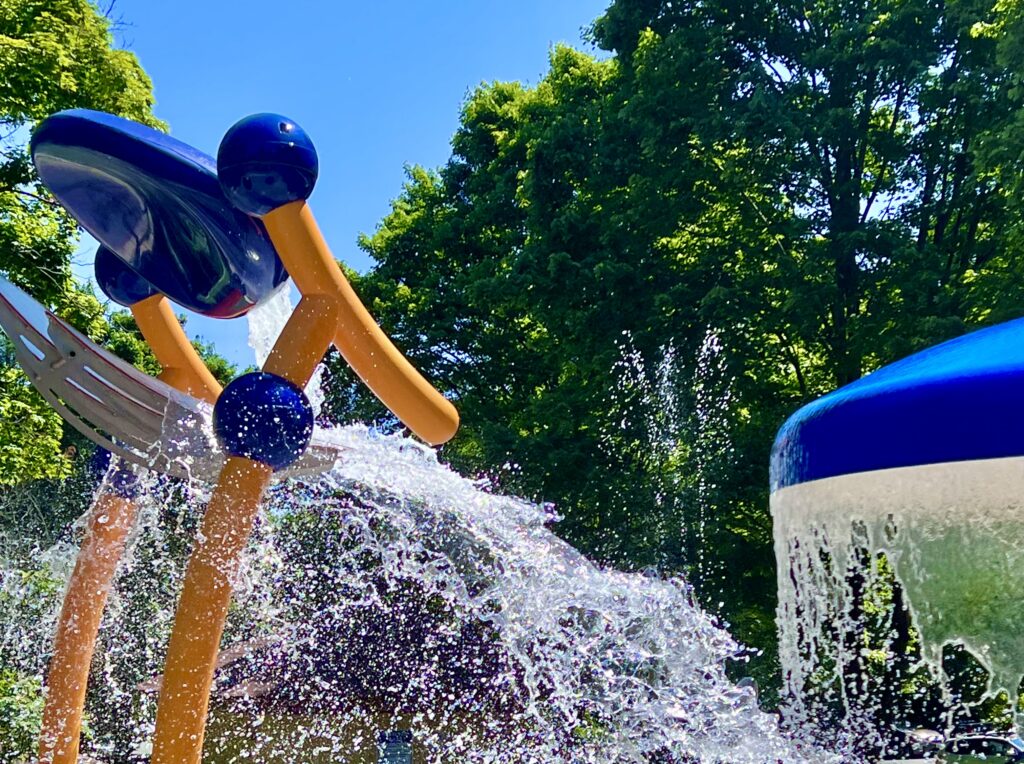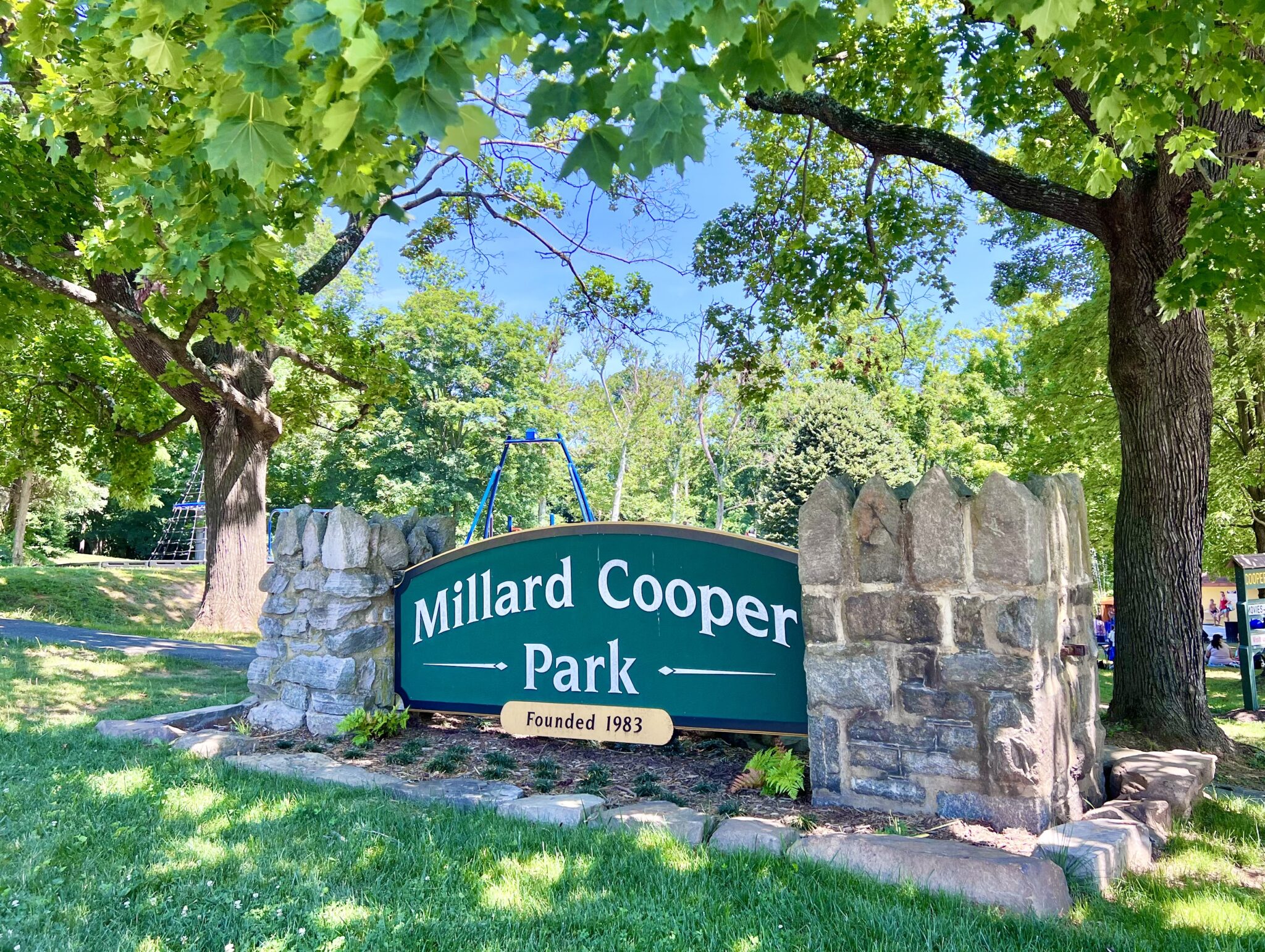Millard Cooper Park stands as one of the most cherished outdoor destinations for nature enthusiasts and adventure seekers alike. Nestled in the heart of natural beauty, this park offers an unparalleled experience that caters to all age groups. Whether you're a family looking for a weekend getaway, a solo traveler seeking tranquility, or a group of friends planning an adventure, Millard Cooper Park has something for everyone.
The park’s sprawling landscapes, diverse flora, and fauna, along with its well-maintained trails, make it an ideal spot for outdoor activities. Visitors can enjoy hiking, bird watching, picnicking, and even educational tours that highlight the ecological significance of the area. The park’s commitment to preserving nature while offering recreational opportunities makes it a must-visit destination for anyone in the region.
As we delve deeper into this article, you'll uncover the rich history, vibrant ecosystems, and unique attractions that Millard Cooper Park has to offer. Whether you're planning your first visit or looking to enhance your understanding of this natural gem, this guide will provide you with all the information you need to make the most of your experience.
Read also:Barcode Bangs A Comprehensive Guide To This Trendy Hairstyle
Table of Contents
- The History of Millard Cooper Park
- Where is Millard Cooper Park Located?
- Top Activities at Millard Cooper Park
- Exploring the Trails
- Wildlife and Ecosystems
- Facilities and Amenities
- Tips for Visiting Millard Cooper Park
- Seasonal Attractions
- Efforts for Preservation
- Future Plans for Millard Cooper Park
The History of Millard Cooper Park
Origins and Establishment
Millard Cooper Park traces its roots back to the early 20th century when it was first established as a protected area. Named after the renowned conservationist Millard Cooper, the park was created with the vision of preserving the region's natural beauty while promoting sustainable tourism. Over the years, the park has evolved to become a hub for outdoor enthusiasts and nature lovers.
The park's history is deeply intertwined with the conservation efforts of local communities and environmental organizations. Through collaborative initiatives, the park has managed to maintain its pristine condition while accommodating the increasing number of visitors each year.
Milestones in Development
Several milestones have marked the development of Millard Cooper Park over the decades. The introduction of educational programs, the expansion of trail networks, and the enhancement of visitor facilities have all contributed to its growth. These developments have not only improved the visitor experience but also reinforced the park's commitment to environmental stewardship.
Where is Millard Cooper Park Located?
Millard Cooper Park is situated in the picturesque region of [Region Name], surrounded by breathtaking natural landscapes. Its strategic location makes it easily accessible from major cities, attracting visitors from all over the country. The park's proximity to [Nearby City] ensures that travelers can enjoy a convenient and scenic journey to this natural haven.
Top Activities at Millard Cooper Park
Hiking and Trekking
Hiking is one of the most popular activities at Millard Cooper Park, offering visitors the chance to explore its diverse terrains. The park features a network of well-marked trails that cater to hikers of all skill levels. From leisurely walks to challenging treks, there's something for everyone to enjoy.
Bird Watching
Bird enthusiasts will delight in the park's rich avian population. With over [Number] species of birds recorded, Millard Cooper Park is a paradise for bird watchers. The park's diverse habitats provide ideal conditions for observing these magnificent creatures in their natural environment.
Read also:Charlotte Hornets Starting Lineup Today A Comprehensive Analysis
Picnicking and Family Fun
For families and groups, picnicking is a favorite pastime at Millard Cooper Park. The park offers designated picnic areas equipped with tables and grills, making it easy for visitors to enjoy a meal amidst nature. These areas are perfect for spending quality time with loved ones and creating lasting memories.
Exploring the Trails
Millard Cooper Park boasts an extensive trail system that spans [Number] miles, offering a variety of experiences for outdoor enthusiasts. Each trail is uniquely designed to showcase the park's natural beauty and ecological diversity. Below are some of the most notable trails:
- The Ridge Trail: A moderate hike offering panoramic views of the surrounding landscapes.
- The Forest Loop: A beginner-friendly trail perfect for families and casual walkers.
- The Waterfall Trail: A challenging trek that leads to a stunning waterfall, ideal for adventure seekers.
Wildlife and Ecosystems
Diverse Flora and Fauna
Millard Cooper Park is home to a wide array of plant and animal species, making it a vital part of the region's biodiversity. The park's ecosystems range from dense forests to open meadows, providing habitats for countless creatures. Visitors can spot deer, foxes, and a variety of bird species, among others, during their exploration of the park.
Conservation Efforts
The park's management team works tirelessly to protect its wildlife and ecosystems. Through initiatives such as habitat restoration, invasive species control, and public education programs, the park ensures the long-term survival of its flora and fauna. These efforts are crucial in maintaining the park's ecological balance and preserving its natural beauty for future generations.
Facilities and Amenities
Millard Cooper Park offers a range of facilities and amenities to enhance the visitor experience. These include restrooms, picnic areas, visitor centers, and guided tour options. The park also provides educational programs and workshops that focus on environmental conservation and sustainability.
Tips for Visiting Millard Cooper Park
Planning your visit to Millard Cooper Park can be an exciting experience. Here are some tips to ensure a memorable trip:
- Check the weather forecast and plan your activities accordingly.
- Bring necessary gear such as hiking boots, sunscreen, and insect repellent.
- Respect the park's rules and regulations to help preserve its natural beauty.
Seasonal Attractions
Millard Cooper Park offers unique attractions throughout the year. In spring, visitors can enjoy the vibrant blooms of wildflowers, while summer brings warm weather perfect for outdoor activities. Autumn transforms the park into a colorful canvas of reds and yellows, and winter provides a serene, snow-covered landscape ideal for photography.
Efforts for Preservation
Preserving Millard Cooper Park's natural beauty is a top priority for its management team. Collaborative efforts with local communities, environmental organizations, and government agencies ensure the park remains a sustainable destination. These initiatives focus on reducing human impact, promoting eco-friendly practices, and educating visitors about the importance of conservation.
Future Plans for Millard Cooper Park
Looking ahead, Millard Cooper Park has ambitious plans to further enhance its offerings. These include expanding the trail network, introducing new educational programs, and upgrading visitor facilities. The park's commitment to innovation and sustainability will continue to shape its future, ensuring it remains a cherished destination for years to come.
Conclusion
Millard Cooper Park offers an unparalleled experience for nature enthusiasts and adventure seekers alike. With its rich history, diverse ecosystems, and wide range of activities, the park provides something for everyone. By respecting its rules and supporting conservation efforts, visitors can help preserve this natural gem for future generations.
We invite you to visit Millard Cooper Park and discover its wonders firsthand. Share your experiences with us in the comments below, and don't forget to explore our other articles for more exciting destinations. Together, let's celebrate and protect the beauty of our natural world.
Data and information in this article are sourced from reputable organizations such as the National Park Service, environmental conservation groups, and local government agencies, ensuring accuracy and reliability.

